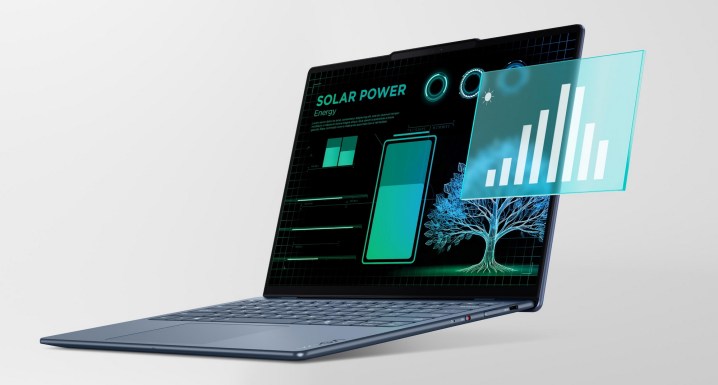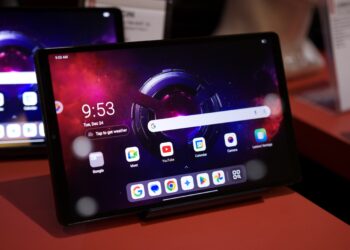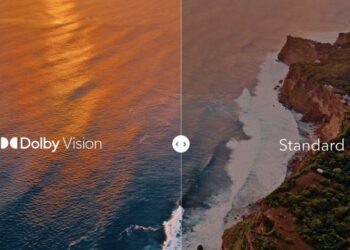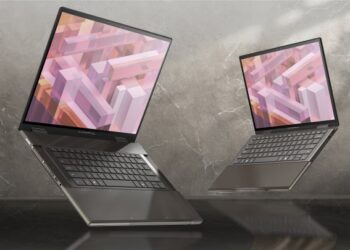Lenovo Unveils Solar-Powered Laptop at MWC 2025

During the Mobile World Congress (MWC) held in Barcelona, Lenovo introduced an innovative concept: a laptop harnessing solar energy. The device features an entire lid adorned with a high-quality solar panel boasting an impressive 24% conversion efficiency, comparable to some of the top rooftop units available today.
Lenovo claims that a brief exposure of just 20 minutes to direct sunlight can generate enough power for up to an hour of video playback. Additionally, even in low-light settings, the laptop can maintain its battery charge while idling. This remarkable efficiency is facilitated by a cutting-edge “Back Contact Cell” technology paired with an advanced tracking system designed to optimize energy conservation and electric stability.
What’s particularly striking about this device is that aside from its unique solar panel design, it resembles an ordinary laptop. This machine is ultra-slim, measuring just 15mm thick and weighing 1.22kg, setting it apart as the world’s first ultra-sleek solar-powered PC. Lenovo envisions this 12-inch model featuring Intel Core Ultra processors, up to 32GB of RAM, 1TB of storage, and an OLED display.

Additional specifications include a 50.2 Wh battery, a 2MP infrared camera, four speakers, microphones, and three USB-C ports. For those eager to maximize their solar energy use, Lenovo also showcased a prototype portable solar panel kit and power bank. This compact accessory would allow users to charge a power bank by connecting the USB-C solar panel to a backpack, tent, tree, or any sunny spot they encounter.

This innovative charging solution could be useful when using the Yoga Solar PC, allowing users to collect solar energy even while they’re indoors. This accessory presents an opportunity for anyone wanting to embrace solar power without the need to invest in a completely new laptop.
While it’s challenging to predict how much solar energy an average user might harness, any contribution from solar power is a step in the right direction. This initiative from Lenovo demonstrates that it’s possible to create a solar-powered laptop without compromising on design, dimensions, or specifications, raising the question of why solar panels are not more common in our computers.
At this point, the pricing for such a solar-powered laptop remains unknown, but an elevated price could limit accessibility. However, introducing designs like this to the market could encourage competitive pricing in the future. Here’s hoping Lenovo advances this concept into a tangible product, as solar-powered laptops represent an exciting possibility for the future of technology.





